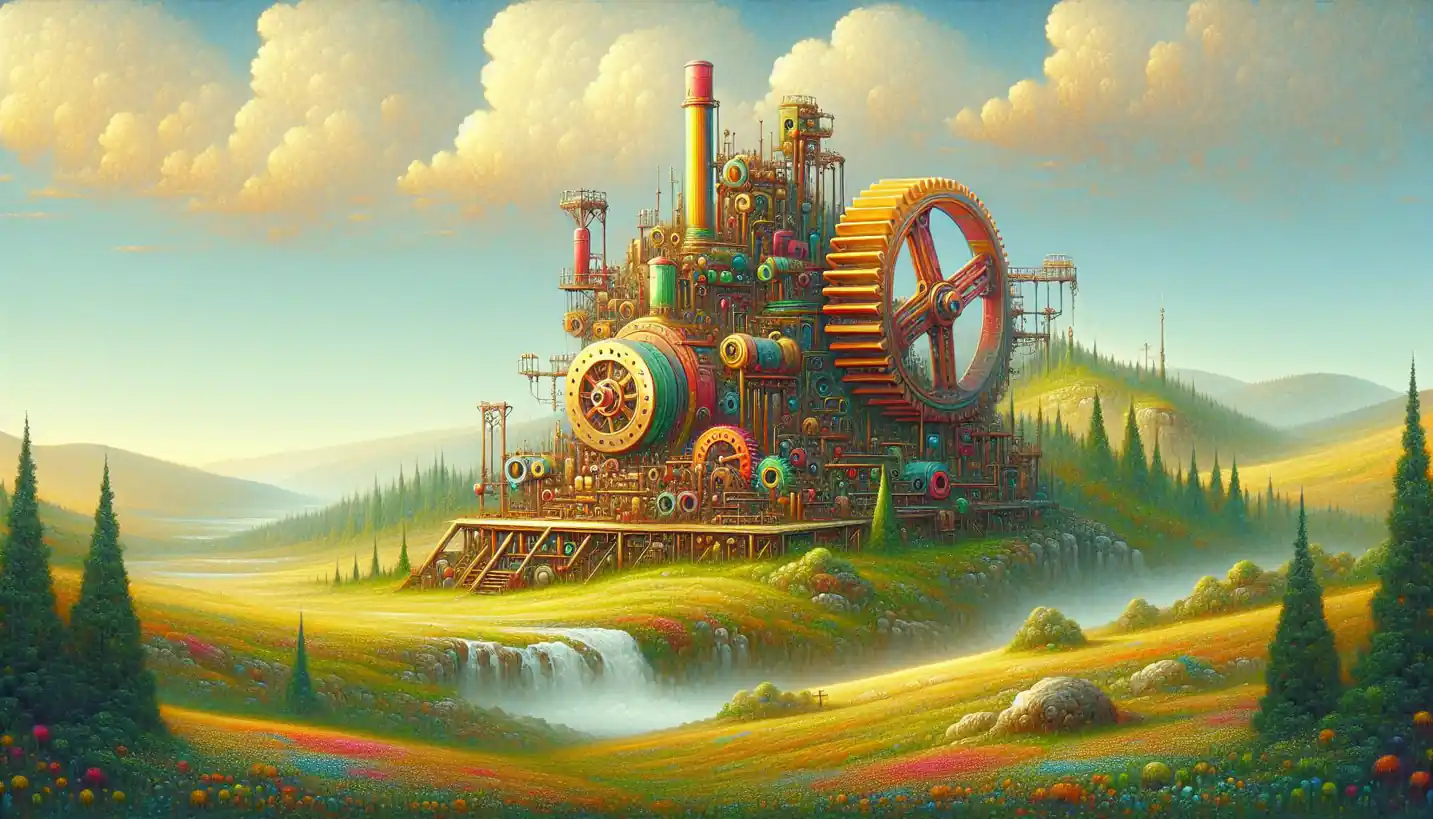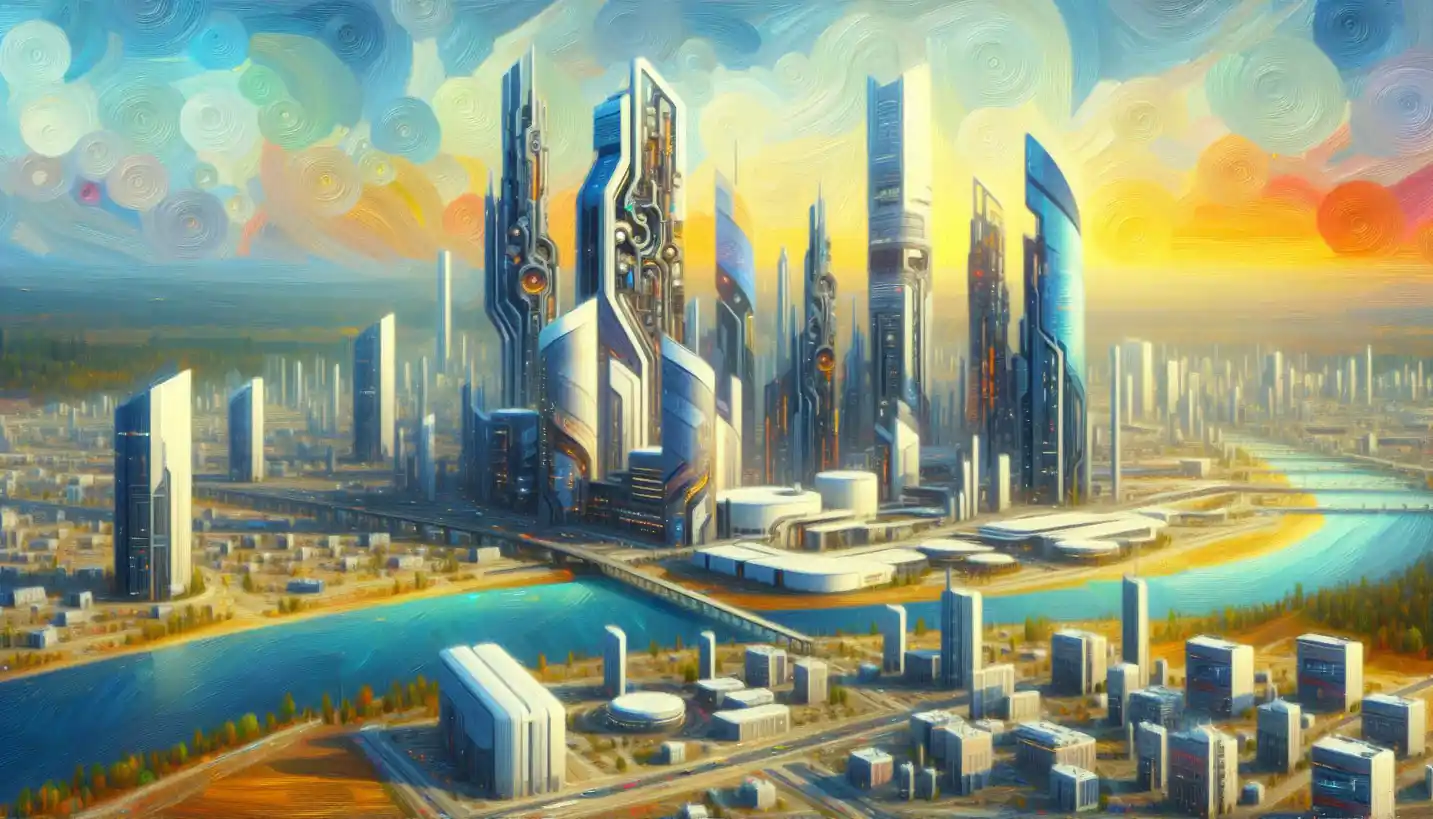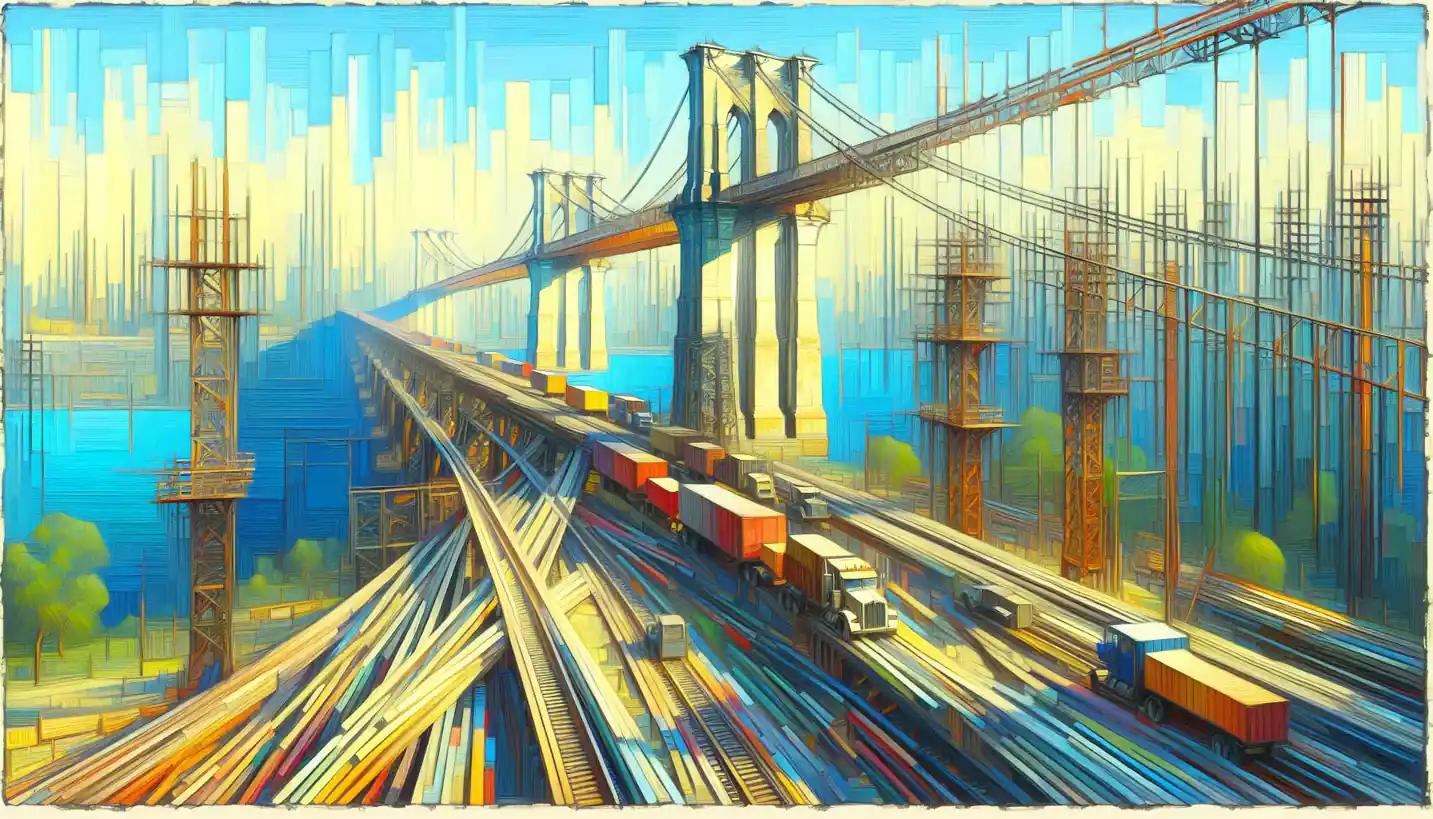· Engineering · 4 min read
Truss Design and Its Impact on Architectural Engineering: Exploring the Structure
Truss design is key to creating strong bridges and buildings. Their triangular structure efficiently distributes weight and force.

When you think about big bridges, towering skyscrapers, or even your own roof at home, there’s a good chance that hidden within those structures is a truss – an amazing feat of engineering that combines both strength and elegance. This clever structure is made up of straight pieces, called members, arranged in triangles to hold up heavier loads than beams and columns on their own.
What Exactly is a Truss?
At its core, a truss is like a beam but supercharged. Imagine a kid’s construction set where you snap sticks together to make shapes. In a truss, these “sticks,” or members, are connected at their endpoints to form a series of triangles, which is the secret behind its strength. Why triangles? Well, triangles are nature’s perfect shape when it comes to stability. Unlike squares or rectangles, triangles don’t easily shift out of shape when pressure is applied.
Why Use Trusses?
Trusses have been a favorite in architectural engineering for many reasons, but the main one is efficiency. They allow for large spans and open spaces without the need for many internal supports. This design maximizes space and minimizes the amount of material needed, which translates into cost savings and aesthetic appeal.
The Science Behind It
Think about a truss like a team of people holding hands in a chain. If someone pushes against the chain, it can resist the force because everyone’s pulling or pushing back just the right amount. In a truss, each member does its part by handling either tension (pulling) or compression (pushing). This means the load, or weight, is spread out evenly.
Types of Trusses
Trusses come in various shapes and sizes, each tailored for different needs:
Pratt Truss: Often used in bridges, the diagonal members face downwards, an efficient design for handling loads from above.
Warren Truss: Recognizable by its repeated equilateral triangles, it’s great for light loads and is commonly used in roofs and railway bridges.
King Post and Queen Post Trusses: Found in residential roofing, these are simpler, with a central post holding everything up.
Choosing the right type depends on factors like the load the truss needs to bear, the environment, and the materials used.
Trusses in Everyday Life
Look around, and you might spot a truss at play in unexpected places. Those sleek, expansive ceilings in modern homes? Often supported by roof trusses. The strength of these structures also explains their use in theatre stages and stadium roofs. Trusses make it possible to have large spans that don’t obstruct views or require unsightly columns.
Historical Impact and Modern Innovations
Historically, trusses allowed for the construction of grand cathedrals and massive bridges during the Industrial Revolution. Fast forward to today, and trusses are being used in modern architectural marvels like the Sydney Harbour Bridge.
In recent years, there’s been an intriguing push towards using materials like carbon fiber to create lighter, stronger, and more flexible trusses. This could revolutionize how we think about building design and even space structures!
Future Potential and Innovations
The world of architectural engineering is always evolving, and trusses are part of exciting new frontiers. Imagine buildings that can withstand extreme weather conditions or bridges that can be erected more quickly with the use of prefabricated truss components. With advancements in materials science and manufacturing techniques, the possibilities are endless.
Moreover, 3D printing technology is opening up new ways to construct trusses with intricate designs that were previously impossible to build, sparking creativity in architectural design.
The Importance of Trusses
Trusses are more than just a technical component in construction; they represent a critical intersection of form and function. Their design showcases how thoughtful engineering enables the creation of structures that are not only strong but also beautiful and efficient.
For architectural engineers, understanding trusses is essential as it provides the tools to create resilient infrastructure that withstands natural forces while minimizing material use and cost. It’s a balance of art and science that defines the built environment around us.
Conclusion
So, next time you pass by a bridge or stare up at a tall building, consider the trusses working silently within. They’re the unsung heroes of architectural engineering, turning complex loads into simple, manageable forces, and ultimately shaping the skyline with both practicality and grace. The future of truss design looks bright, promising more innovation and awe-inspiring architecture to come.



